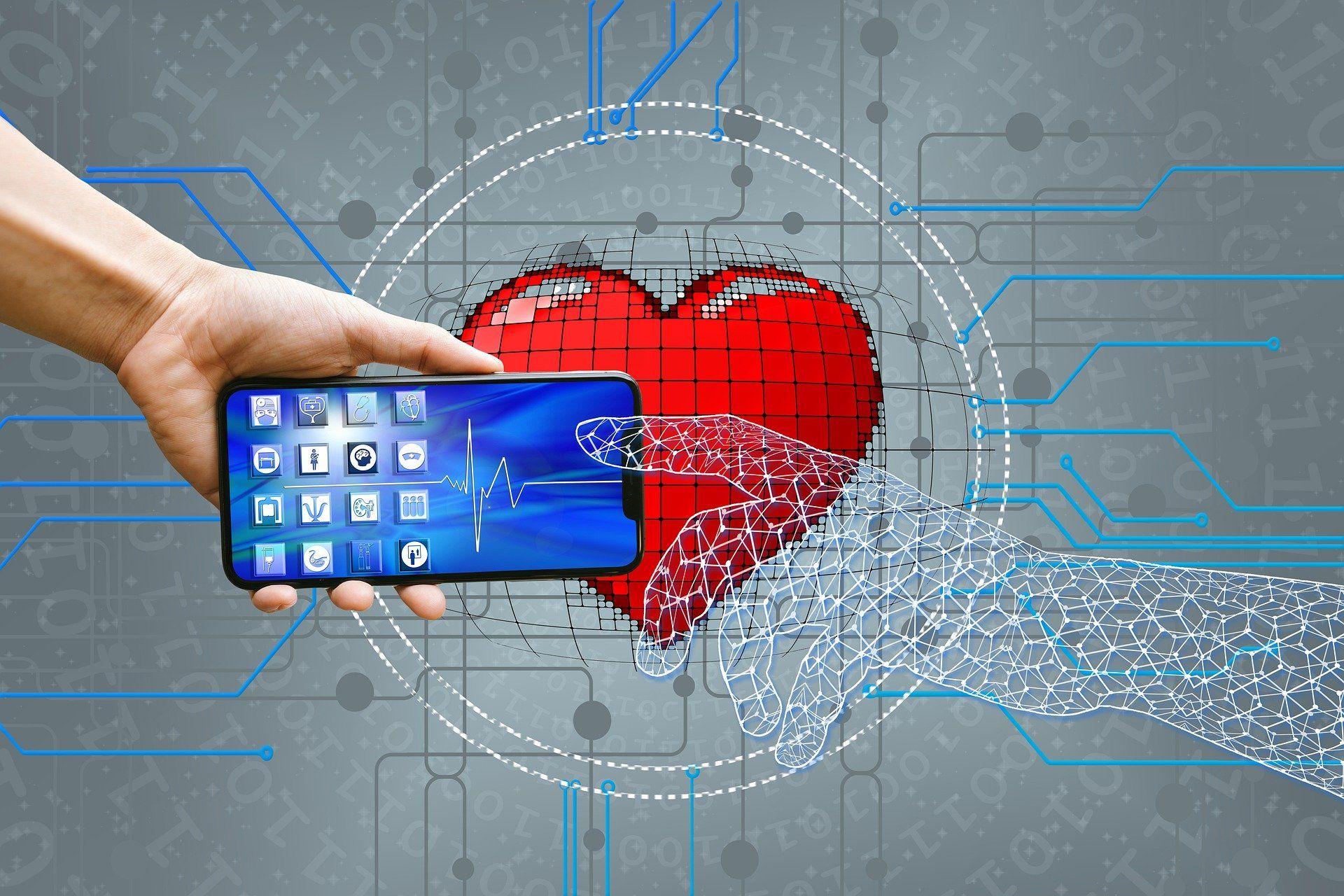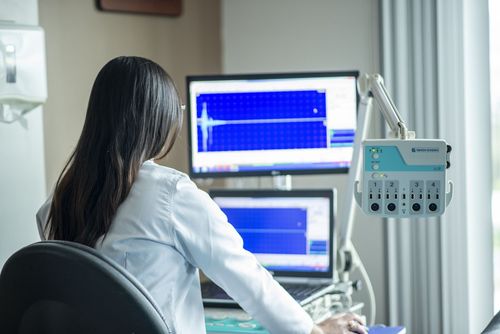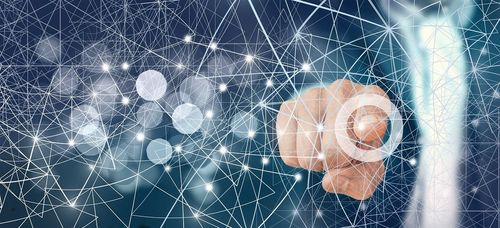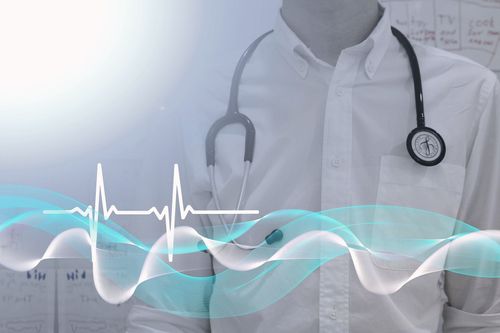Why Is IT Technology Essential For Healthcare Innovations?
What would happen if the world stopped developing and rushing forward? In many respects, it would probably be normal. Society is tired of the pace at which it operates, so it is conceivable that the world would breathe a sigh of relief. However, there are areas where development is desirable.
In times of pandemics and emerging new diseases, our health is at risk, which is why the development of the healthcare industry should not stop. This is an area that should constantly look for solutions to improve the treatment of patients. Even the smallest progress is important for our health and life.
In order to improve the functioning of the health service, new processes, technologies and IT solutions are necessary. Thanks to them, new methods of treatment can be introduced. Innovation will give healthcare organizations the tools to provide the best treatment for patients.
How Has Technology Improved Healthcare?
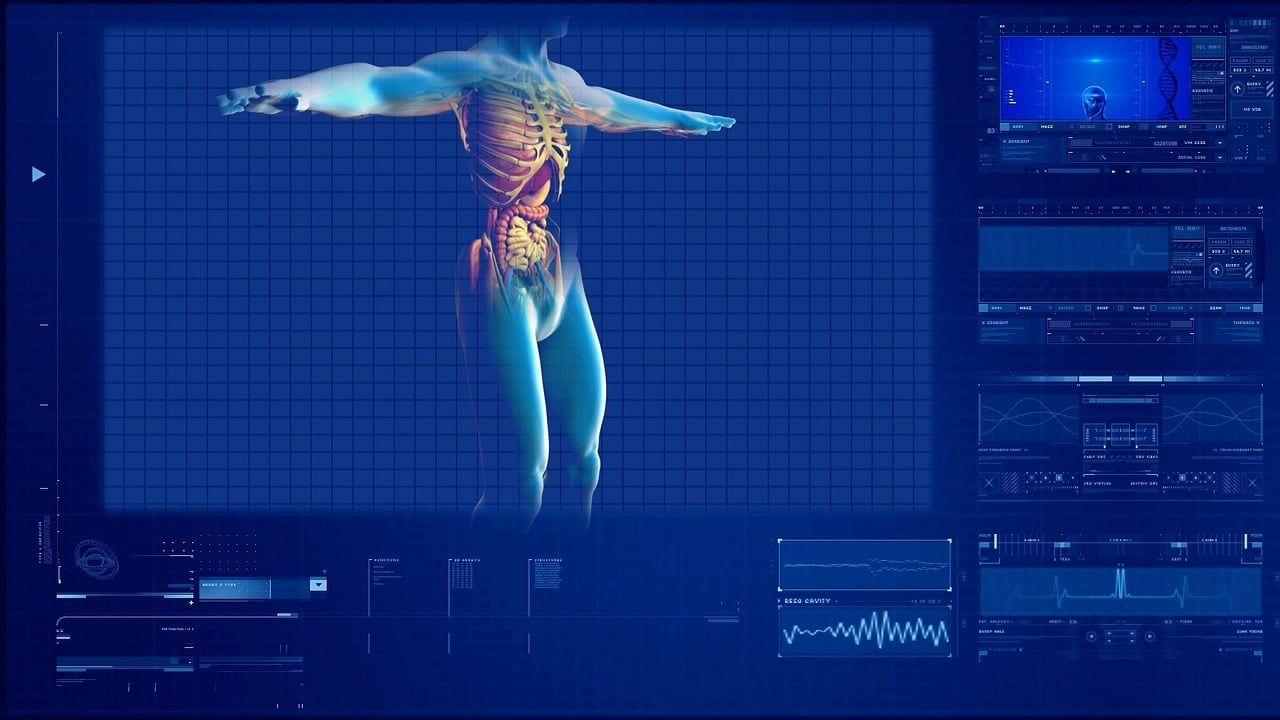
In healthcare, changes have been needed for a long time, and thanks to new technologies, they have become real. For example, digitization has started to be used to create new processes or services such as CT scans and MRI. It has also contributed to better data storage and facilitated more secure data sharing. It also streamlined administrative and accounting processes. Digital transformation is still needed to transform the healthcare system into one integrated ecosystem where healthcare professionals can effectively treat patients on a larger scale.
The breakthrough moment was the development of artificial intelligence (AI), as well as mobile technologies and the cloud. These high-tech solutions have changed the way people interact and communicate between organizations and governments. They introduced new ways of dealing with problems that were previously unsolvable, and thus facilitated the work of doctors and contributed to improving the quality of health care.
New and Improved Monitoring Techniques
Monitoring allows you to continuously check the vital functions of patients in or out of the hospital. The system ensures constant observation of patients based on alarms generated by algorithms. Efficient and quick signaling of the patient's health problems enables quick intervention of the medical staff.
There is a large selection of monitoring equipment on the market, in particular the simplest devices which can be used by patients at home. These are, for example, a blood pressure monitor or a pulse oximeter. Hospitals also have more and more modern monitoring equipment, such as cardiac event monitors, which are used to measure the patient's vital signs. These are devices with a wide range of measurement modules. However, the latest devices are designed to operate from anywhere in the world and transfer data to a specific patient monitoring facility. This is possible thanks to new technologies and access to the Internet.
Faster Responses During an Emergency
Thanks to the modern monitoring device, we can improve responsiveness in emergency situations, and thus provide a faster assistance to patients and have a greater chance of saving health and even life.
Telemonitoring patients at home allows doctors to remotely control therapy and provide assistance in the event of health risk. Increasing number of hospitals have systems that enable remote health checks and optimize the operation of medical services. Physicians can react faster in emergency situations and help patients in need of assistance remotely, thus reducing overcrowding in hospitals.
There are more and more ideas to improve the speed at which we can help patients. This is becoming possible thanks to modern technologies. One of them is the use of modern drones to transport organs for transplantation, blood or samples for research. This idea is becoming more and more popular also in Poland.
Cost Savings Through Technology in Healthcare
Thanks to new technologies that improve the work of doctors and sometimes relieve them, it is possible to gradually reduce the costs of health care.
Innovations in medicine are mainly computerization, which can provide savings in health care expenditure. New technologies in the field of artificial intelligence, surgical robots, exoskeletons and virtual reality help in this.
Automation and telemedicine also create great opportunities for optimizing the costs of medical services. Advice and telemedicine services play an important role in helping patients also in terms of lowering the necessary finances.
All devices and activities that relieve medical staff from their duties allow to serve a larger number of patients in a shorter time, and thus reduce costs. It is similar in the case of remote monitoring of patients - the fewer patients in hospitals, the lower the costs of maintaining medical facilities.
Medical Technology Innovations In 2023
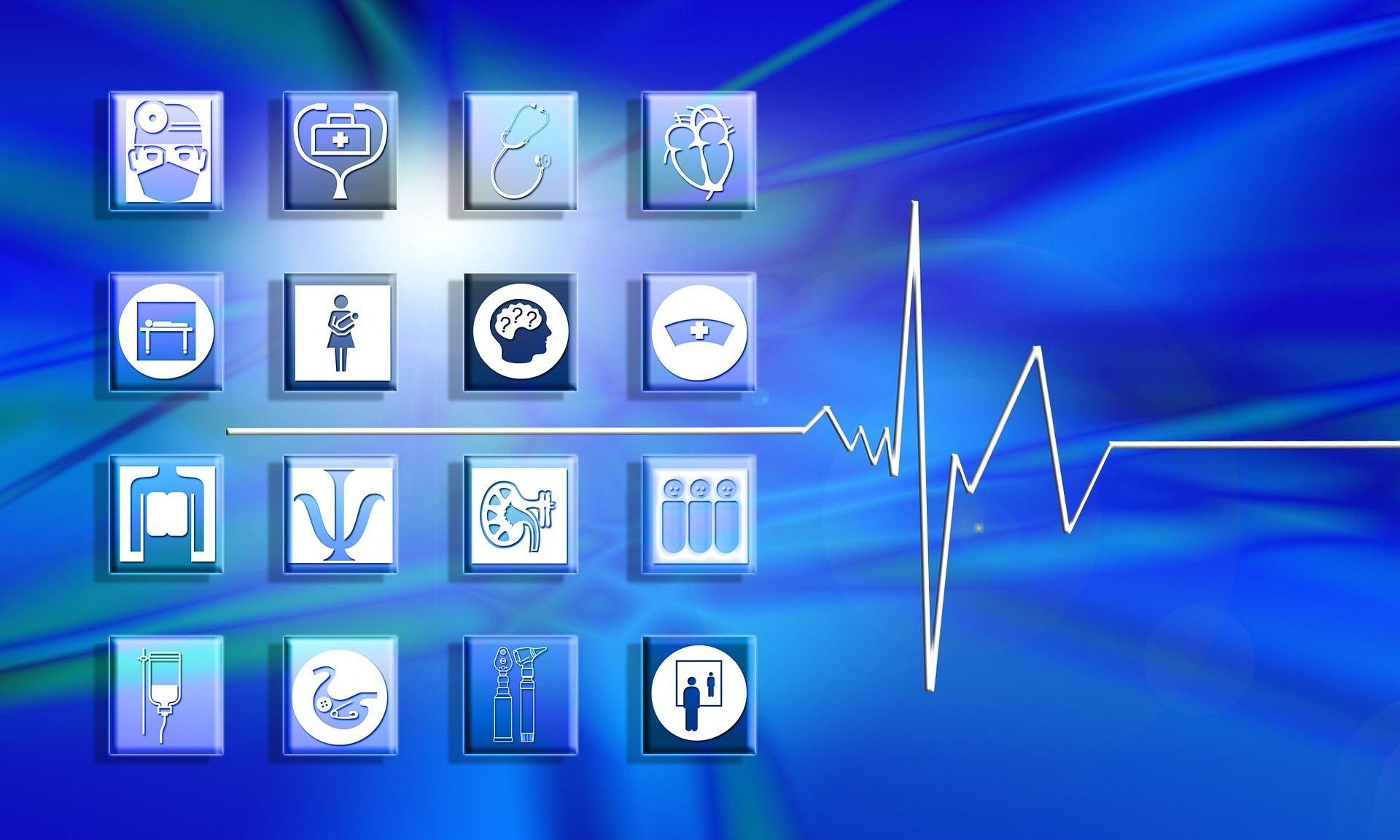
Human is not an immortal being and diseases have always accompanied us, which is why medicine is a field that must constantly adapt to the changing world. Diseases known until recently cease to exist, and those that were only incurable are treated more and more easily. Doctors try to save as many people as possible, which is why medicine is changing very quickly.
Innovations in health care are aimed at improving the comfort of doctors' work, improving diagnostics and therapy, and reducing queues to specialists. They are also supposed to help reduce the rising costs of medical care.
The transformation of the healthcare system is an ongoing process. It will probably be largely digitized in a few years. New devices using machine learning algorithms are already being delivered to hospitals and medical facilities. Health care is already in a very intensive digitization process.
One of the technologies is facial recognition, which has been present on the market for several years, used, for example, in mobile phones. However, it has also been used in medicine, only at a more advanced level. It helps to capture the first symptoms of diseases, such as genetic diseases, stroke or pain of varying intensity. The device catches even the smallest asymmetries of the face and sends notifications, thanks to which you can react quickly by administering appropriate medications, and this usually avoids the serious effects of the disease.
The Use of AI in Healthcare
In medicine, artificial intelligence, performing the duties that are normally done by people , is designed to relieve medical staff, but also to improve treatment. There are also activities that a man is not able to perform, but they can be done by machines.
Artificial intelligence can quickly process large amounts of data, which is why it plays an important role in diagnosing diseases. In a short time, it can identify irregularities and speed up the implementation of treatment.
AI influences the creation of new drugs. Having information about the purpose of a given drug, it finds potential molecules in data libraries and indicates what chemical modifications must be applied.
Thanks to robotization and artificial intelligence, doctors can be relieved of some procedures. Now, people only have to supervise the work of the machines. There are also robots that can independently serve patients by delivering meals to them.
Rising Popularity of Remote Care
As health care system is overloaded, remote medical care helps maintain continuity in the availability of doctors. Remote consultations are often more convenient for patients in case of simple problems, re-prescriptions or to discuss test results.
For elderly or chronically ill people who do not always need direct contact with a doctor, telemedicine is also a facilitation. However, it will not completely replace traditional medical services. It is primarily the possibility of remote contact with the doctor. Innovative solutions allow you to contact the doctor through communication channels such as: telephone, video email and chat.
Remote health care also includes devices that monitor the patient's condition, often 24 hours a day. As well as treatments and operations that have already been carried out remotely. The first such operation was performed in China in 2019. It consisted of implanting deep brain stimulation in a patient suffering from Parkinson's. The successful operation took place from a distance of 3,000 kilometers.
The Potential of Virtual Reality in Healthcare
Virtual reality creates simulations, i.e. an image that is completely generated by a computer. A man as a patient in the future will have his twin, the so-called avatar in virtual reality. In the system the doctor will be able to find all the data on the patient's diseases. Full access to the patient's health data will enable faster diagnosis and treatment. It can also be useful in performing operations.
Virtual reality can also be used in the training of paramedics. In a simulated environment, it allows you to learn how to deal with emergency scenarios and risky events. Trained individuals are well-equipped to deal with similar situations in real situations.
Thanks to the use of virtual reality, it is also possible to train medical students. This technology allows you to test your skills without fear of making mistakes that could be life-threatening to the patient. Education of students with use of virtual reality includes learning treatment, rehabilitation, surgery, counseling techniques or diagnosis and dentistry
IoT Medical Devices
IoT, and more specifically IoMT, or the Internet of Medical Things, is another example of how new technologies are developing in the medical industry. A medical system connected to the Internet, innovative devices and modern technological solutions combined to collect, process, exchange and analyze data, and then perform specific activities in real time.
Monitoring Devices
Using IoMT, you can monitor the patient's health and upload data to the cloud. Such devices can monitor your heart rate, mood, the effectiveness of your pacemaker, and even symptoms of depression.
Robotic surgery
IoMT also has important solutions for surgery. By means of small devices connected to the network, which are able to interpret the states inside the body. In this way, surgeons are able to perform the most complex procedures and reduce the size of surgical incisions.
Insulin pumps
There are also smart insulin pumps which have the ability to remotely set and dose drugs. These devices greatly facilitate the functioning of patients with diabetes.
The Importance of IT Technology In Driving Healthcare Forward
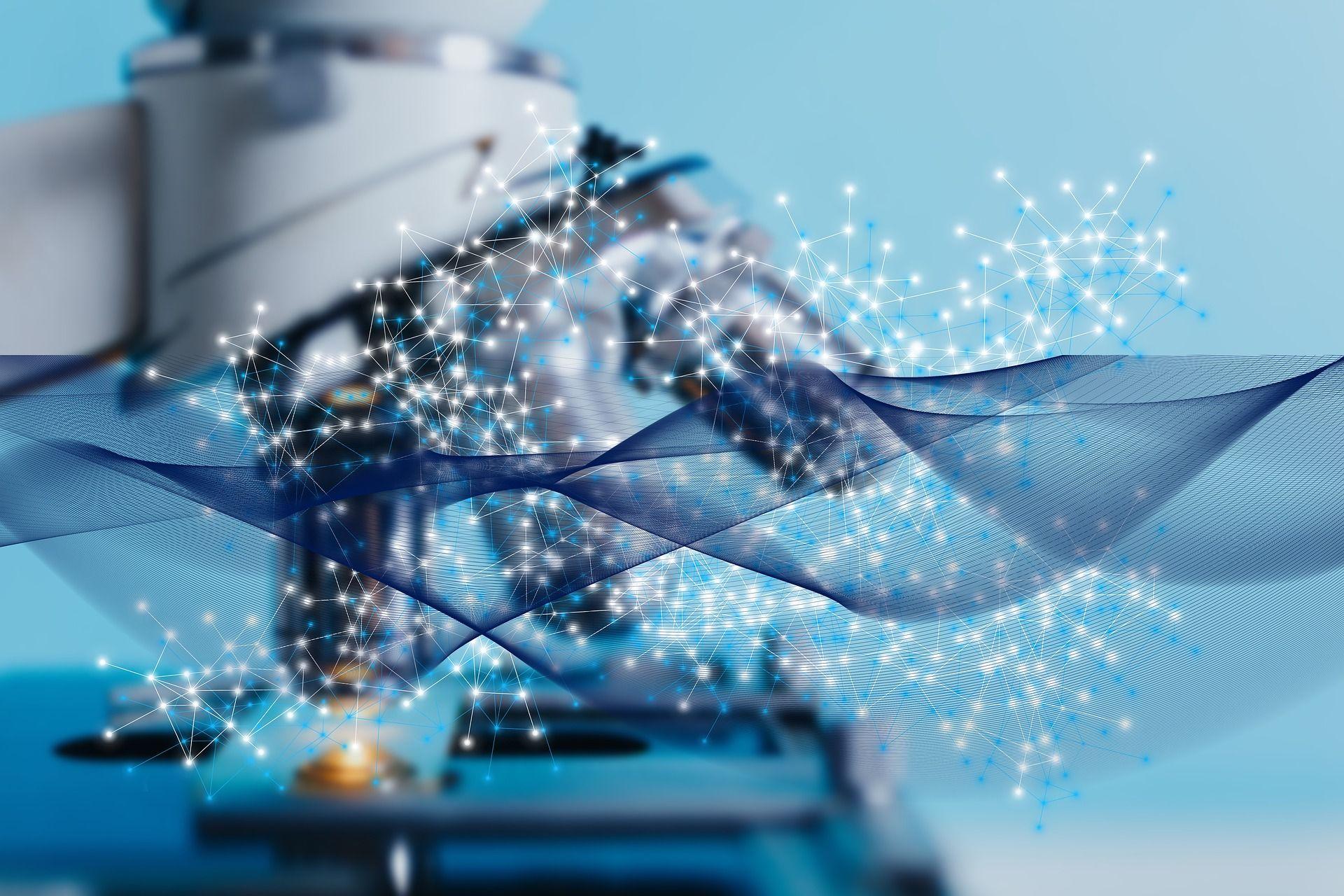
IT is used in many ways in healthcare:
-
to improve healthcare delivery;
-
to ensure patient safety;
-
for data management and administration;
-
in communication between healthcare providers and patients.
IT technology is making huge progress, and thanks to it, healthcare is developing faster and faster. There is no doubt that innovative ideas will be introduced in each of its areas. Rapidly developing technology is of great importance for healthcare because it helps to improve our condition, which we care about the most.
